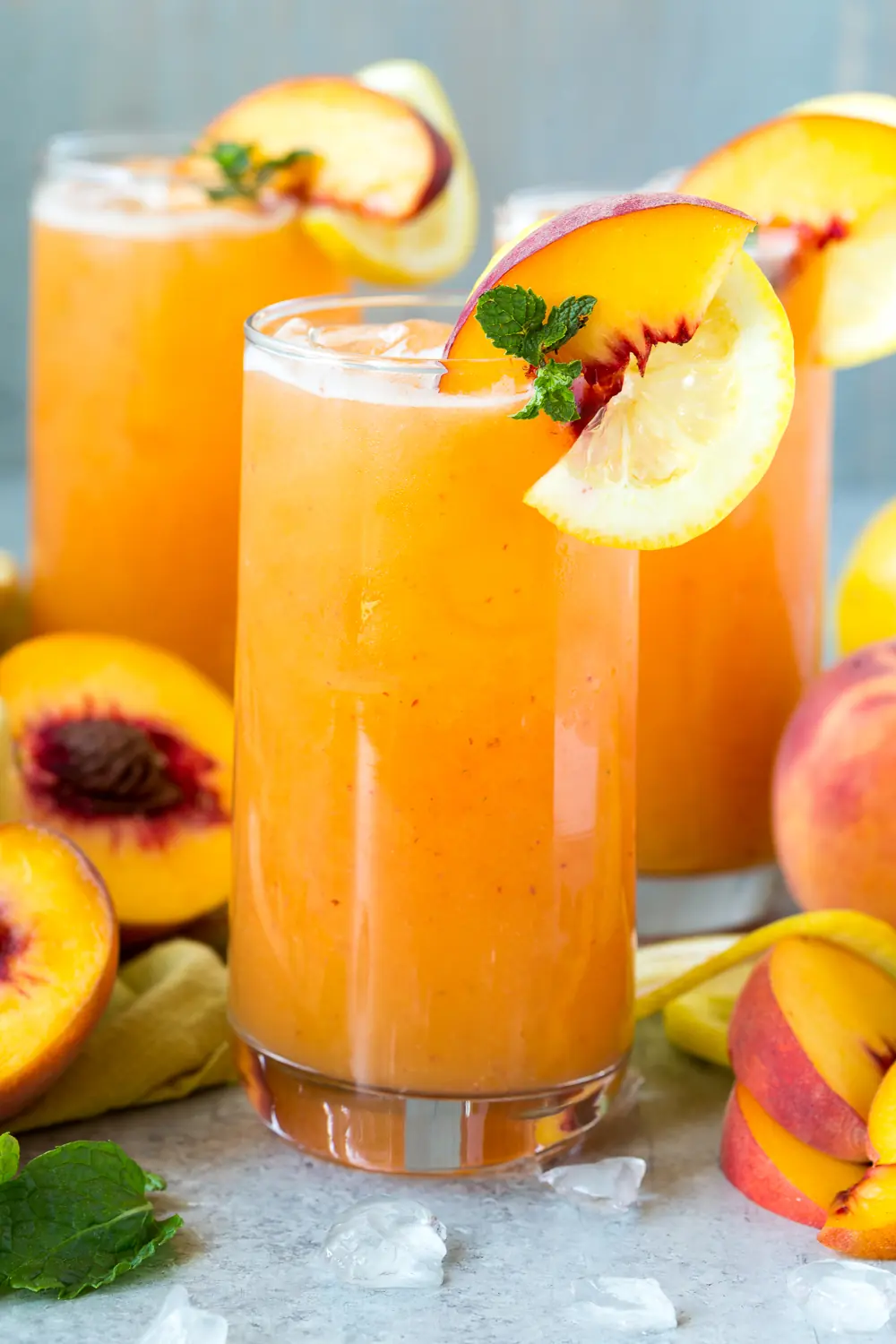
A new artificial intelligence can detect b r e a s t c a n c e r 5 years before it develops
Researchers have developed a new, interpretable model to predict five-year breast cancer risk from mammograms, according to a new study published in Radiology.
One in eight women, or approximately 13% of the female population in the U.S., will develop invasive breast cancer in their lifetime and one in 39 women (3%) will die from the disease, according to the American Cancer Society. Having regularly scheduled mammograms can significantly lower the risk of dying from breast cancer. However, it remains unclear how to precisely predict through screening alone which women will develop breast cancer.
Mirai, a state-of-the-art, deep learning-based algorithm, has demonstrated proficiency as a tool to help predict breast cancer but, because little is known about its reasoning process, the algorithm has the potential for overreliance by radiologists and incorrect diagnoses.
“Mirai is a black box—a very large and complex neural network, similar in construction to ChatGPT—and no one knew how it made its decisions,” said the study’s lead author, Jon Donnelly, BS, a PhD student in the Department of Computer Science at Duke University in Durham, NC. “We developed an interpretable AI method that allows us to predict breast cancer from mammograms 1 to 5 years in advance. AsymMirai is much simpler and much easier to understand than Mirai.”
For the study, Donnelly and colleagues compared their newly developed mammography-based deep learning model called AsymMirai to Mirai’s one- to five-year breast cancer risk predictions. AsymMirai was built on the “front end” deep learning portion of Mirai, while replacing the rest of the complicated method with an interpretable module: local bilateral dissimilarity.
“Previously, differences between the left and right breast tissue were used only to help detect cancer, not to predict it in advance,” Donnelly said. “We discovered that Mirai uses comparisons between the left and right sides, which is how we were able to design a substantially simpler network that also performs comparisons between the sides.”
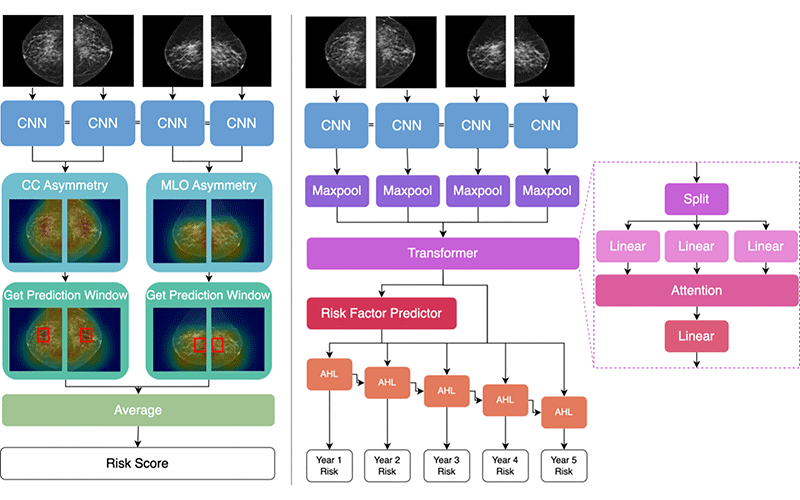
Architecture comparison of AsymMirai (left) and Mirai (right). Both models feed the four screening views into the same convolutional neural network (CNN) layers, but reasoning diverges thereafter. AsymMirai has fewer computational layers and instead calculates differences in the latent features, as shown by heat maps in the craniocaudal (CC) asymmetry and mediolateral oblique (MLO) asymmetry steps. AsymMirai then finds the prediction window containing the highest differences for each view, represented by red boxes in the Get Prediction Window step. The maximum feature differences within these windows are averaged to create a risk score. AHL = additive hazard layer.
Findings May Affect Mammogram Frequency

For the study, the researchers compared 210,067 mammograms from 81,824 patients in the EMory BrEast imaging Dataset (EMBED) from January 2013 to December 2020 using both Mirai and AsymMirai models. The researchers found that their simplified deep learning model performed almost as well as the state-of-the-art Mirai for one- to five-year breast cancer risk prediction.
The results also supported the clinical importance of breast asymmetry and, as a result, highlights the potential of bilateral dissimilarity as a future imaging marker for breast cancer risk.
Because the reasoning behind AsymMirai’s predictions is easy to understand, it could be a valuable adjunct to human radiologists in breast cancer diagnoses and risk prediction, Donnelly said.
“We can, with surprisingly high accuracy, predict whether a woman will develop cancer in the next 1 to 5 years based solely on localized differences between her left and right breast tissue,” he said. “This could have public impact because it could, in the not-too-distant future, affect how often women receive mammograms.”
News in the same category


Taylor Swift and Travis Kelce announce engagemen

Air India plane crash: reactions from across the world

RM, V, Jung Kook, and Jimin will soon be discharged from the military
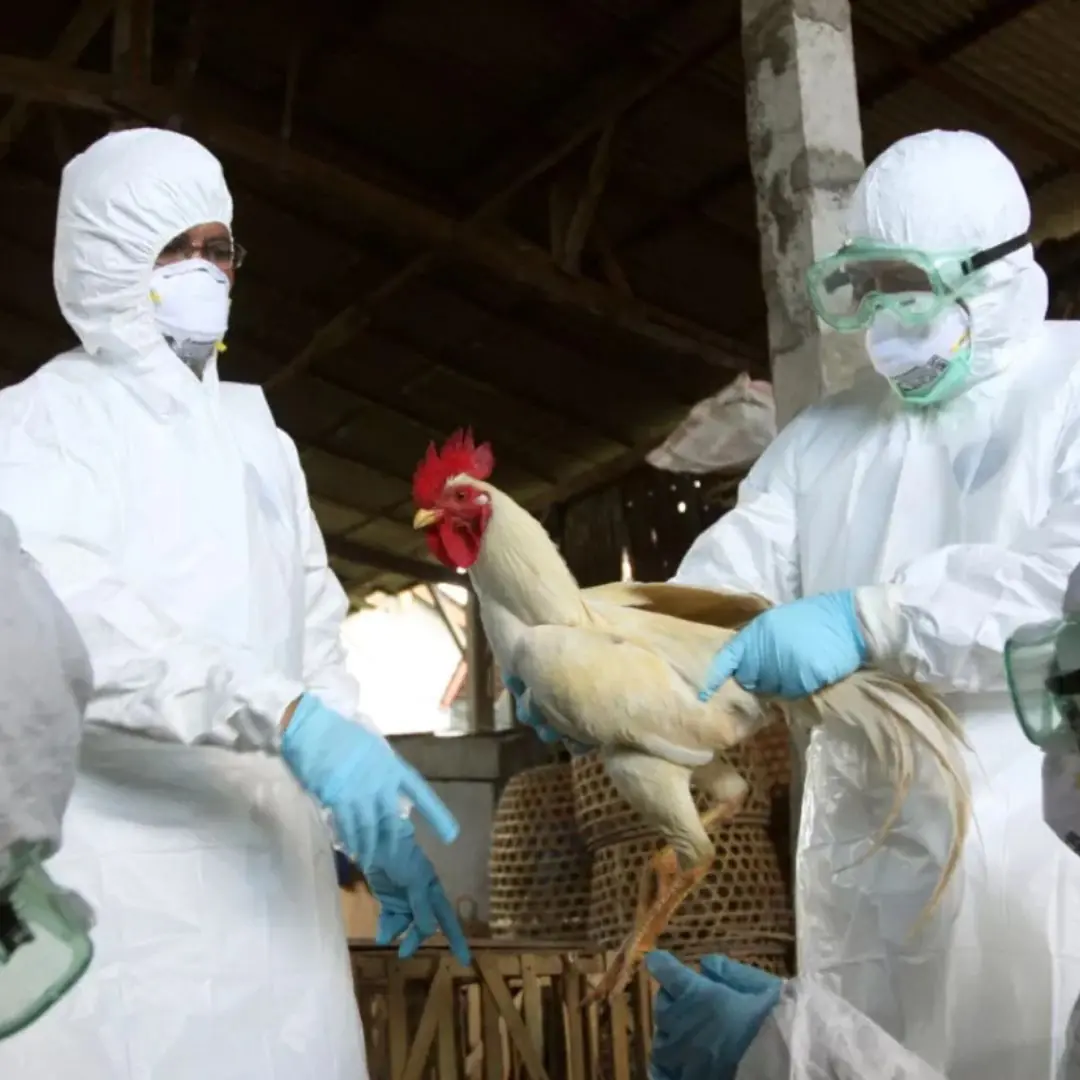
Experts Warn of Rising Bird Flu Th.r.eat: Could Avian Influenza Become the Next Pa.nd.emic?
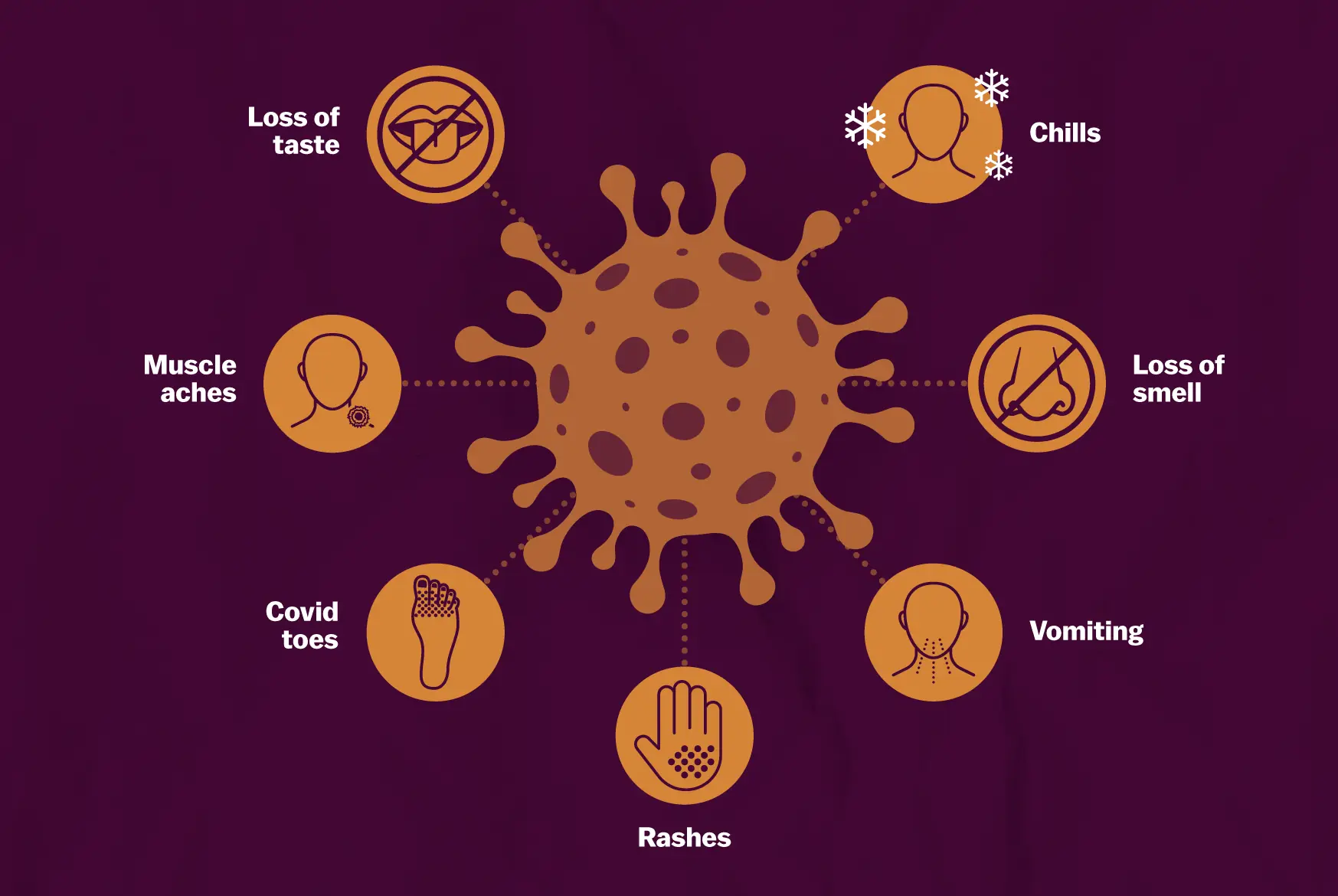
Covid-19 outbreak returns, “3 most obvious symptoms” recorded
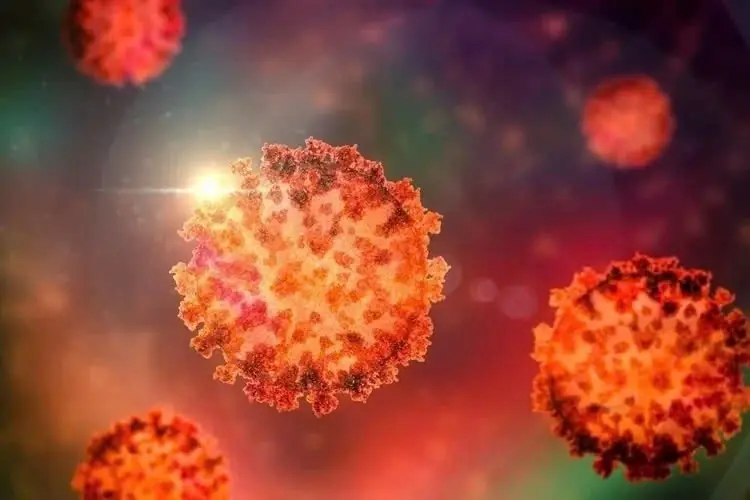
Symptoms, signs of new COVID-19 variant spreading 7 times faster than seasonal flu

How dangerous is the cancer that former US President Joe Biden has?

Why does the Covid-19 JN.1 variant persist?

IU & V reportedly spotted dining together at a luxury restaurant
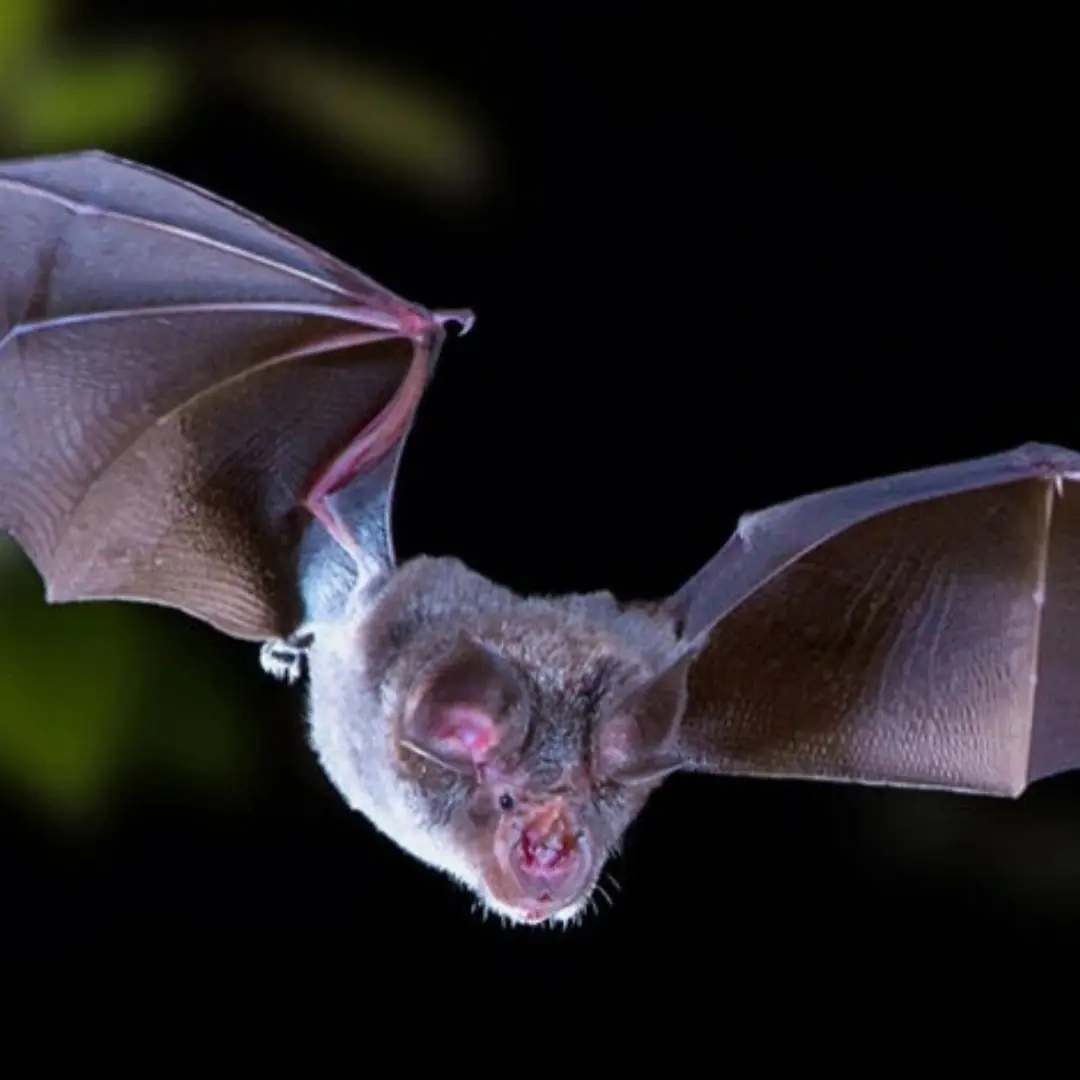
New virus discovered in bats that can infect humans like Covid-19

Cardinal Robert Francis Prevost elected as 267th pope, takes name Leo XIV
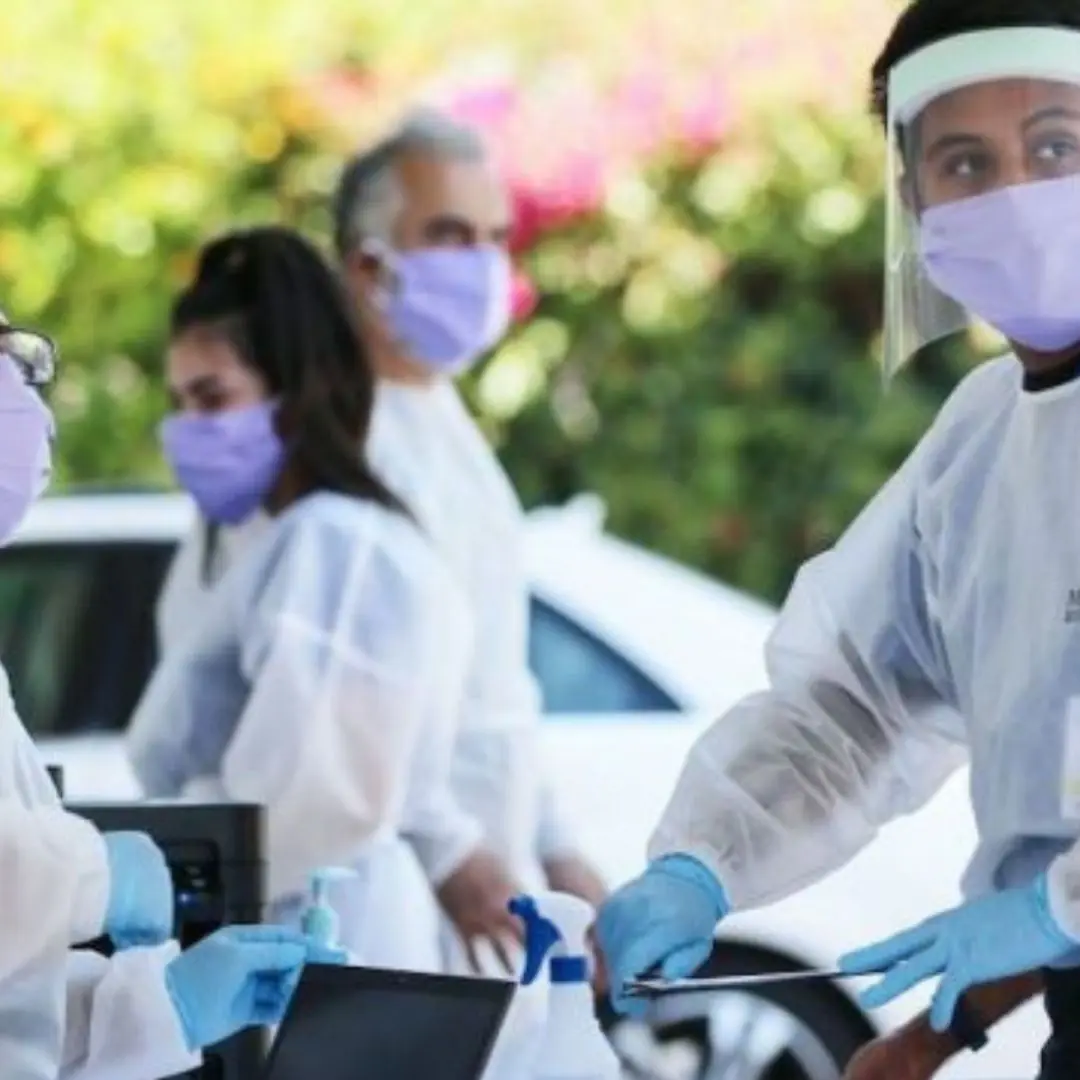
What COVID-19 variants are going around in April 2025?

Pope Francis has d.i.e.d on Easter Monday aged 88

Kristen Stewart and Dylan Meyer Are Married!

‘Depende’: David Licauco on the possibility of courting Barbie Forteza

Limo from ‘Putin’s car fleet’ is bl.o.w.n up in huge blast as troops from par.an.oid ty.r.ant’s honour guard searched for b.om.bs
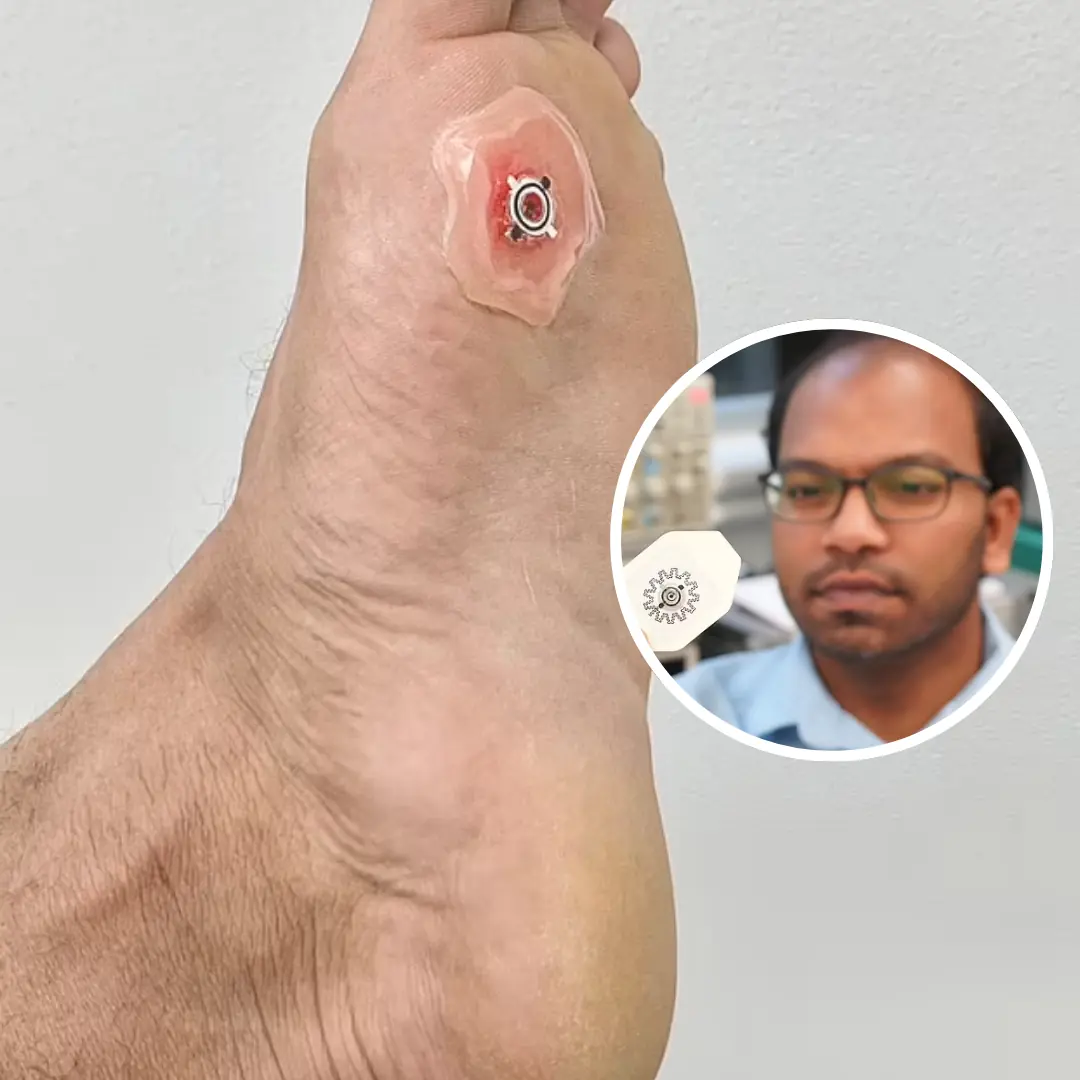
The band-aid of the future: Smart bandage heals injuries 30% faster than standard dressings by producing an electric field around the wound
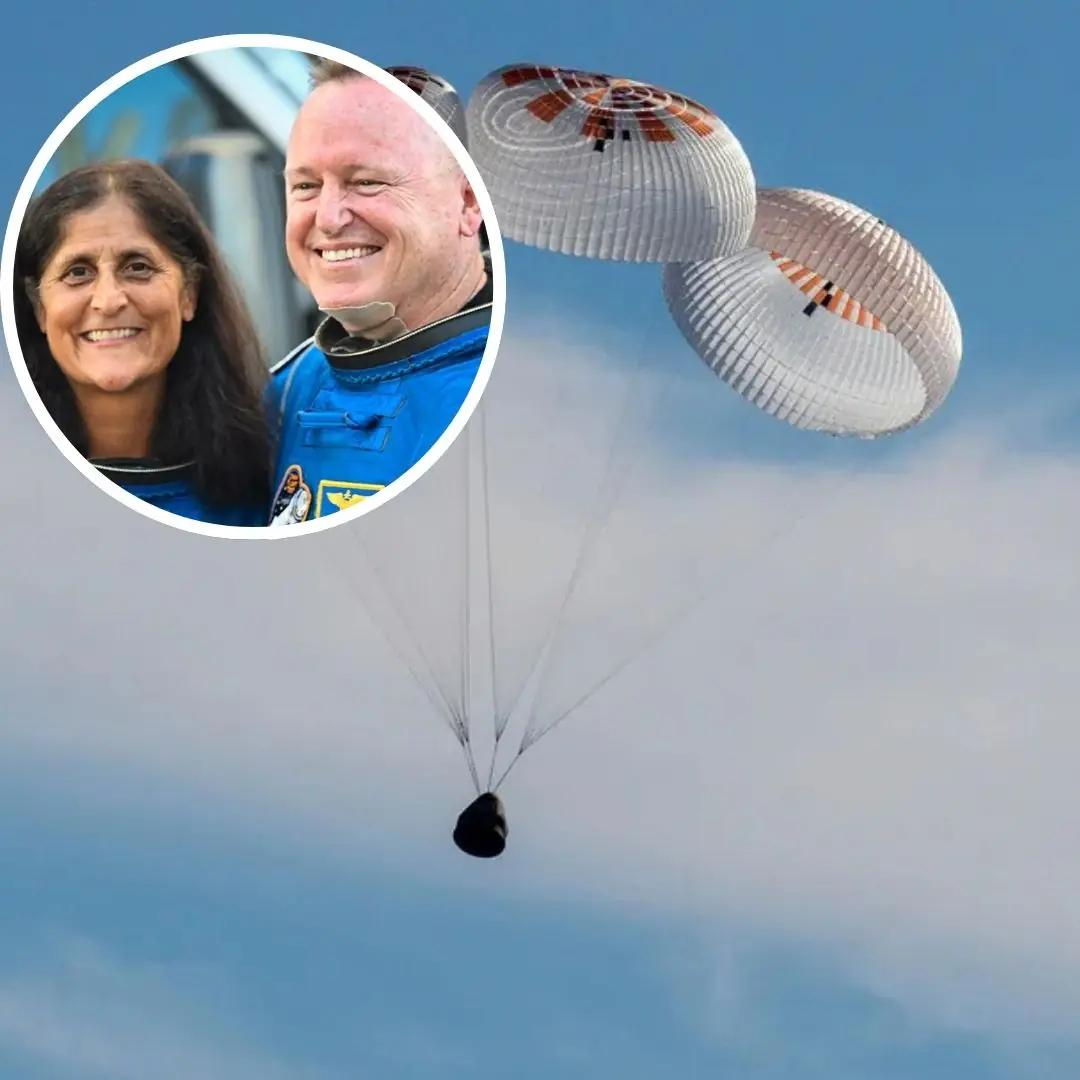
NASA astronauts officially touch down on Earth for first time in 9 months after 8-day mission went wrong

Elon Musk's rocket can't take off, two scientists continue to be stuck in space
News Post

Doctors Explain What Happens When You Eat Bananas Every Single Day
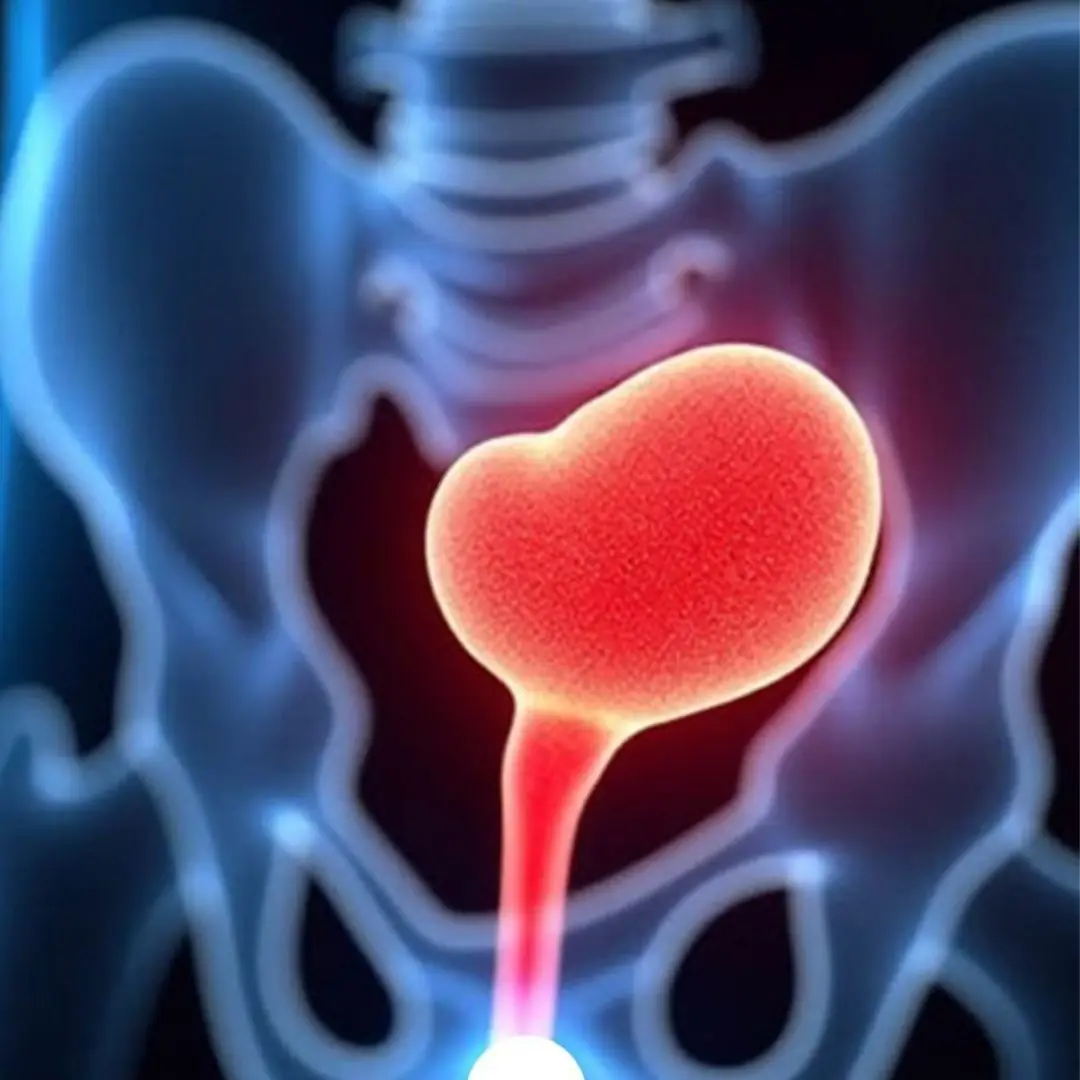
Men Who Neglect This Crucial Practice Face 45% Higher Risk of Prostate Cancer

Strawberry Crunch Cheesecake Cones

Crispy Fried Ice Cream with Strawberries & Chocolate Sauce
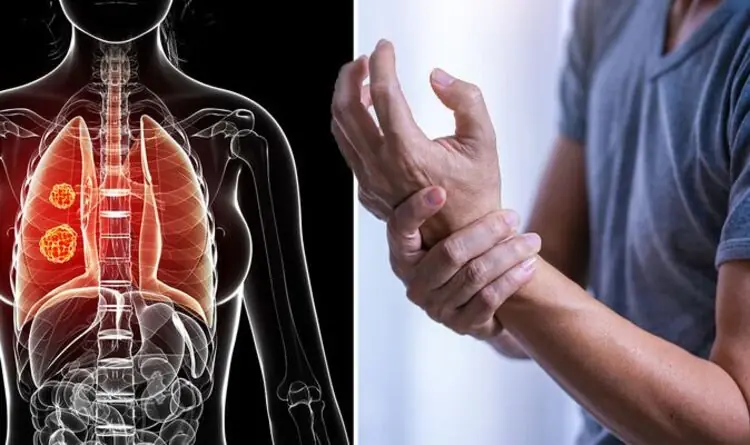
Warning: Pain in These 3 Spots Might Be a Sign of Lung Ca.ncer
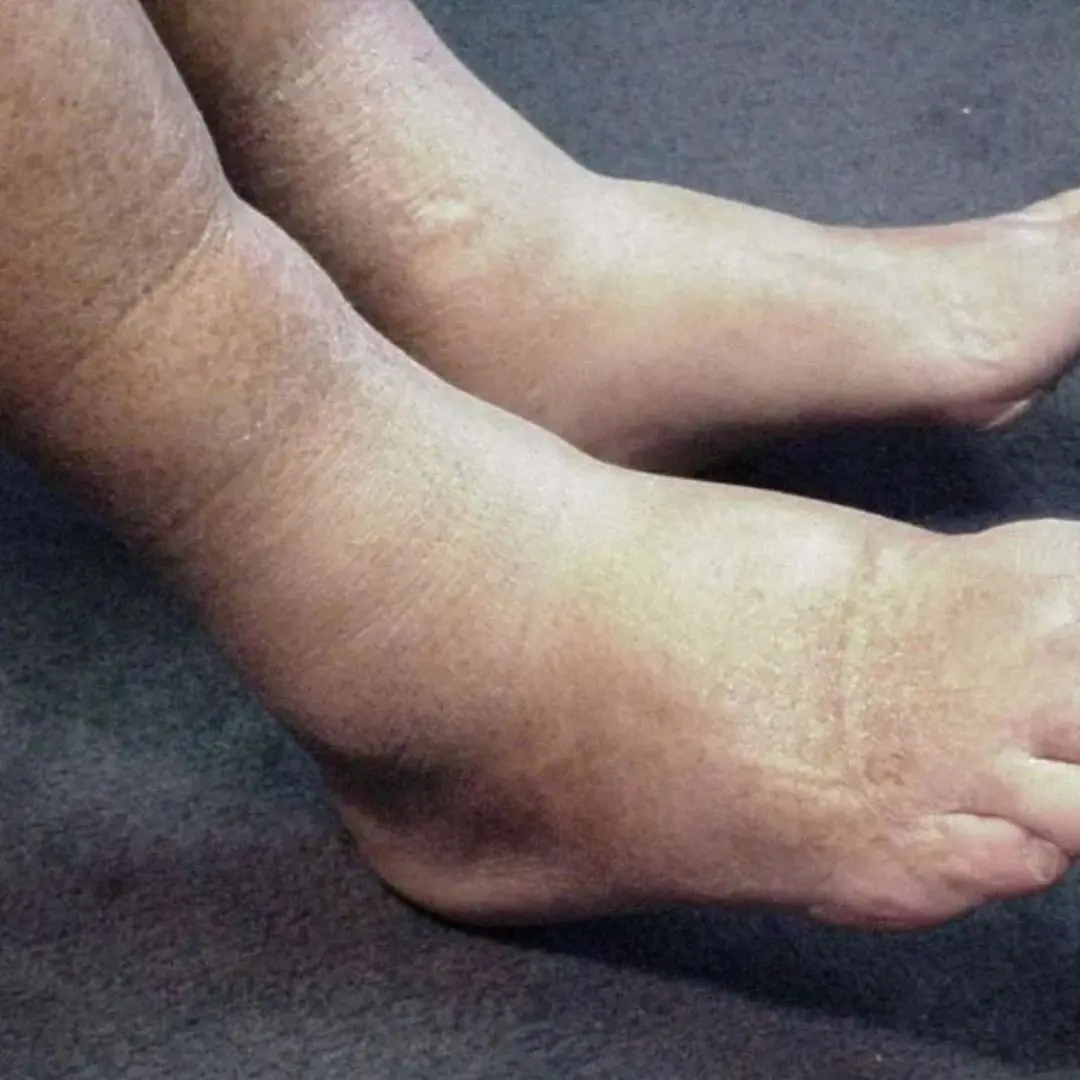
Your Legs Could Be Sending a Pancreatic Cancer Warning — 4 Signs to Watch
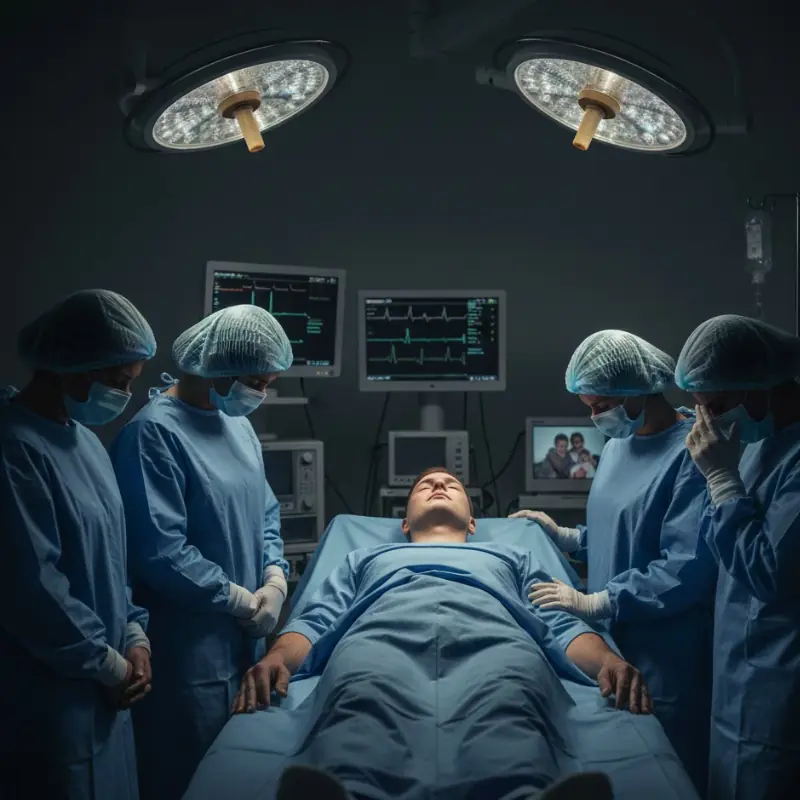
20-Year-Old Teacher Dies of Liver Can.cer Doctors Say Unusual Odors in 3 Areas May Be a Warning Sign of Li.ver Failure
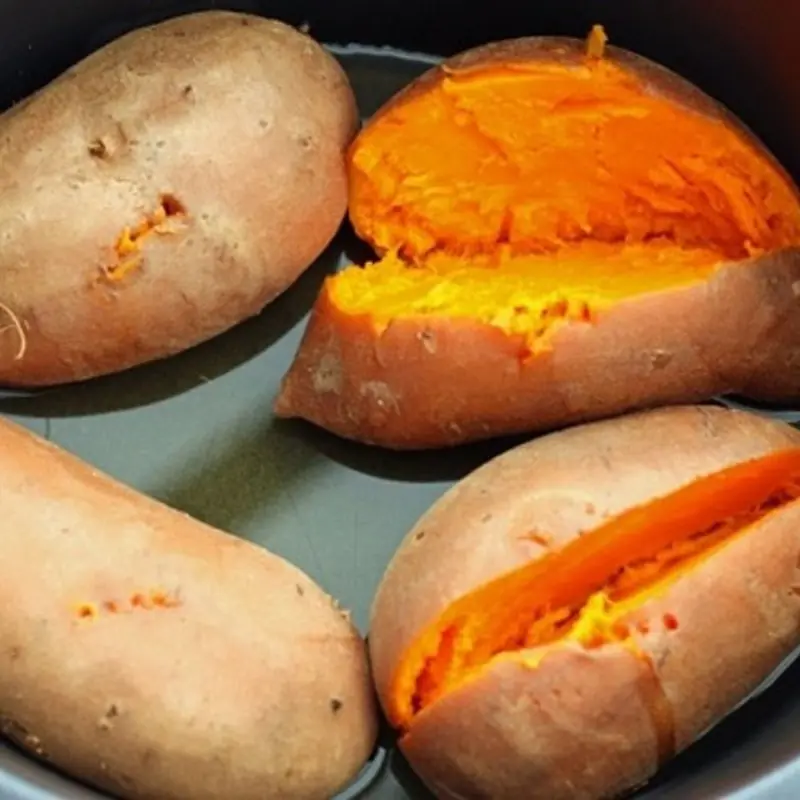
Sweet Potatoes Aren’t Always “Healthy” the Way You Think — Here’s Why

5 Dan.gerous Times You Should Avoid Showering - For the Sake of Your Health

Amazing Health Benefits of Chicken Feet You Should Know

Sweet potato lovers should read this article - it will change your life Knowing this now is not too late!
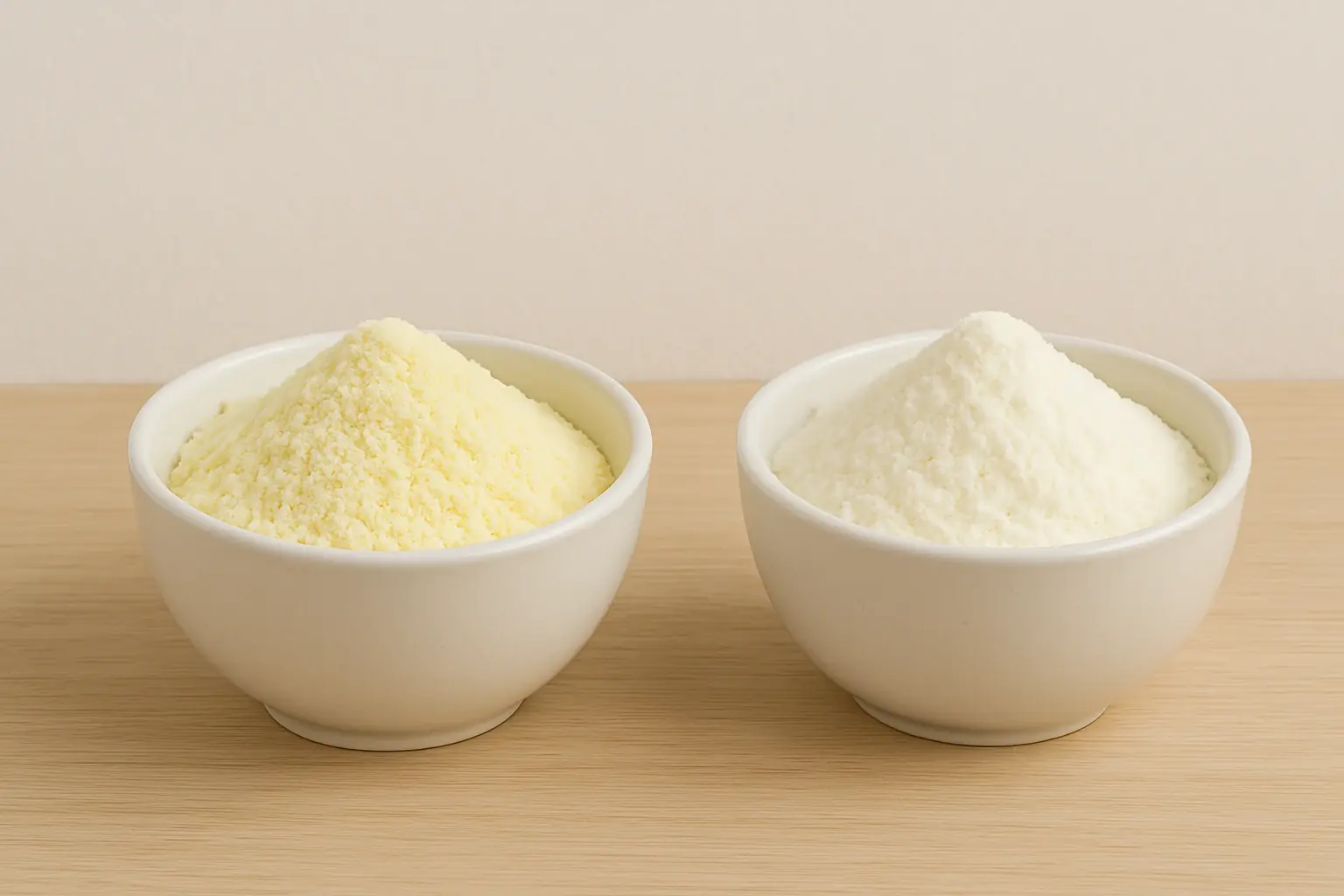
How to Tell Real Baby Formula from Fake: What Every Parent Needs to Know
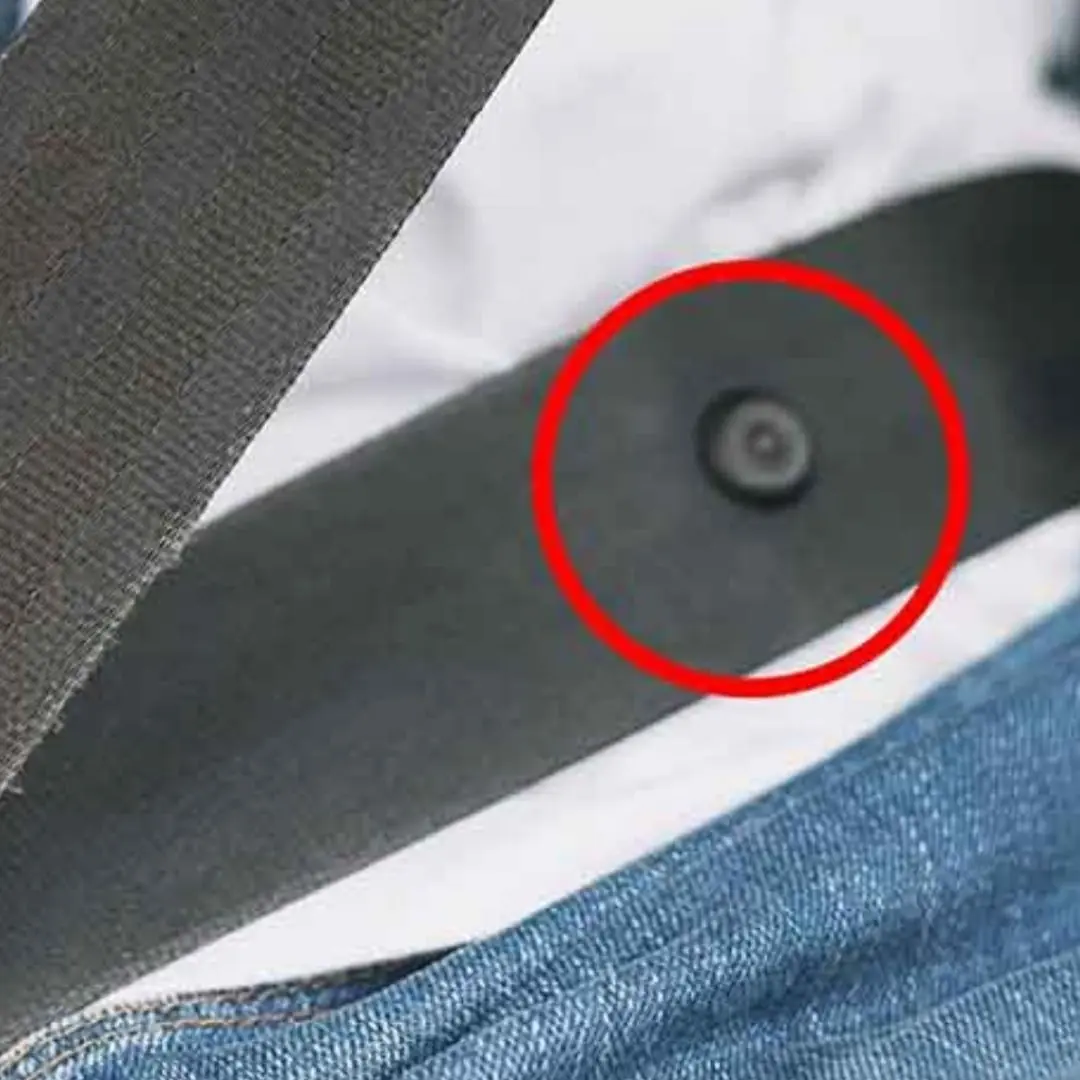
The Tiny Seat Belt Button You’ve Probably Never Noticed — Here’s What It’s For
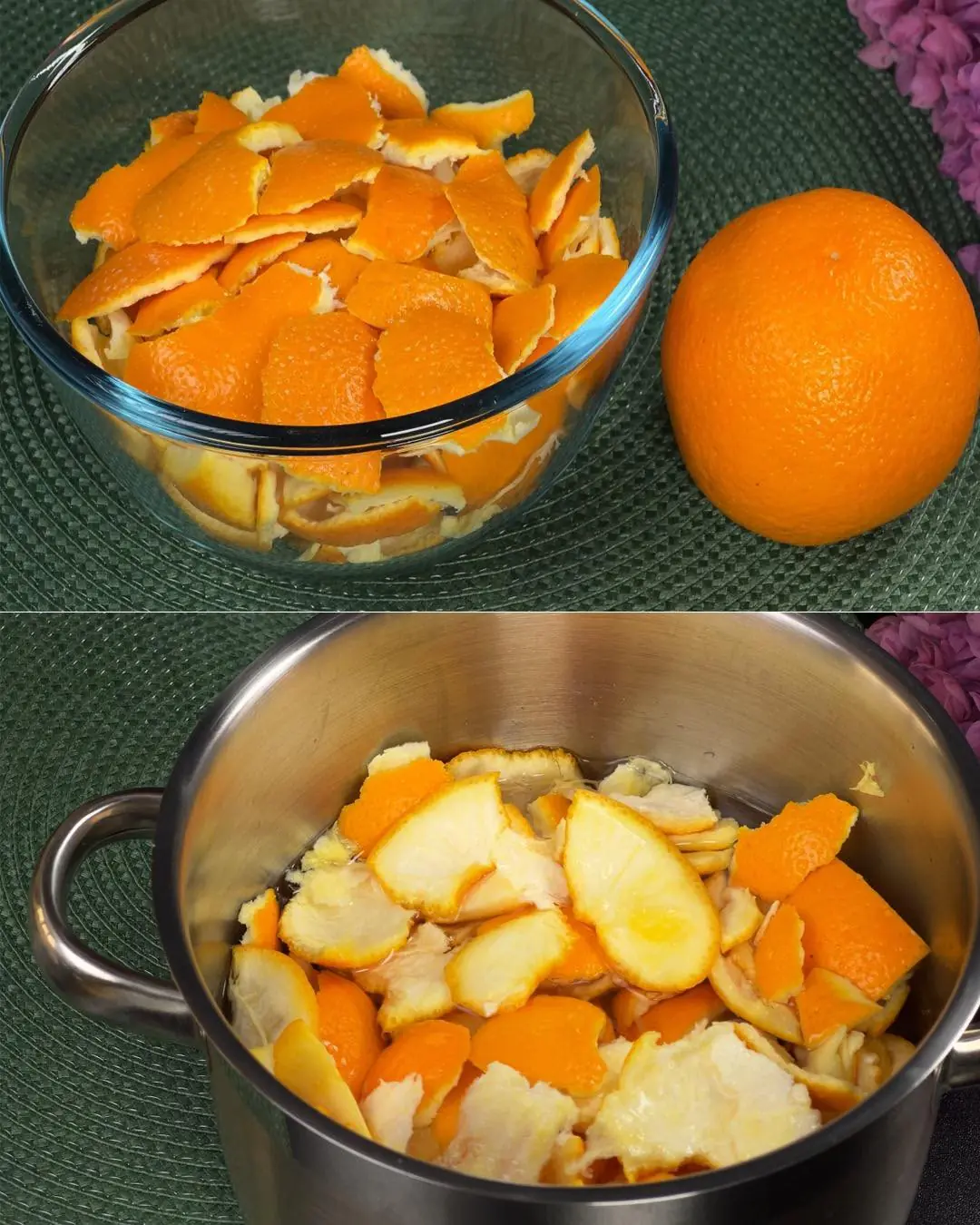
The Hidden Power of Orange Peels: A Forgotten Treasure You Shouldn’t Throw Away
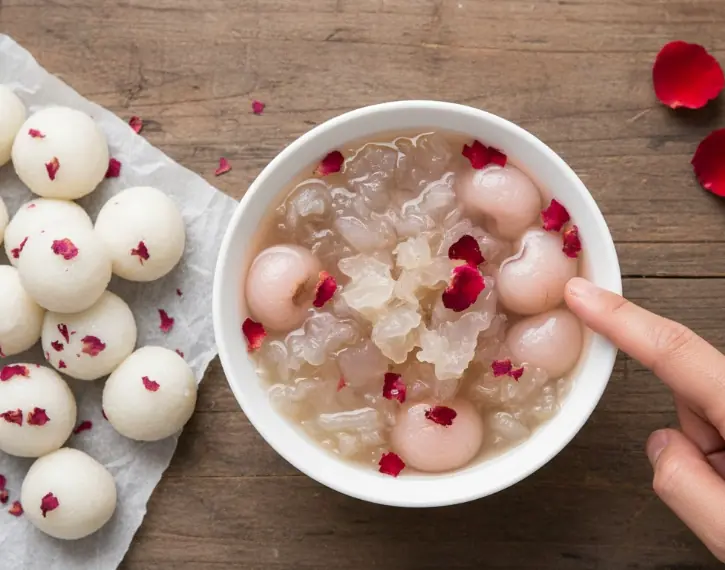
The Food That Rejuvenates Skin from the Inside: One Bowl Is Better Than 10 Face Masks
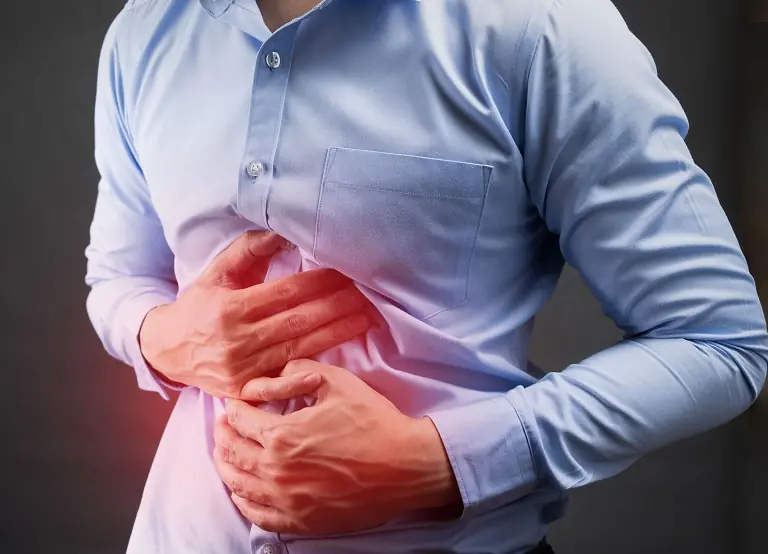
5 early can.cer symptoms experts say are commonly ignored

Croissant Breakfast Plate with Scrambled Eggs & Avocado
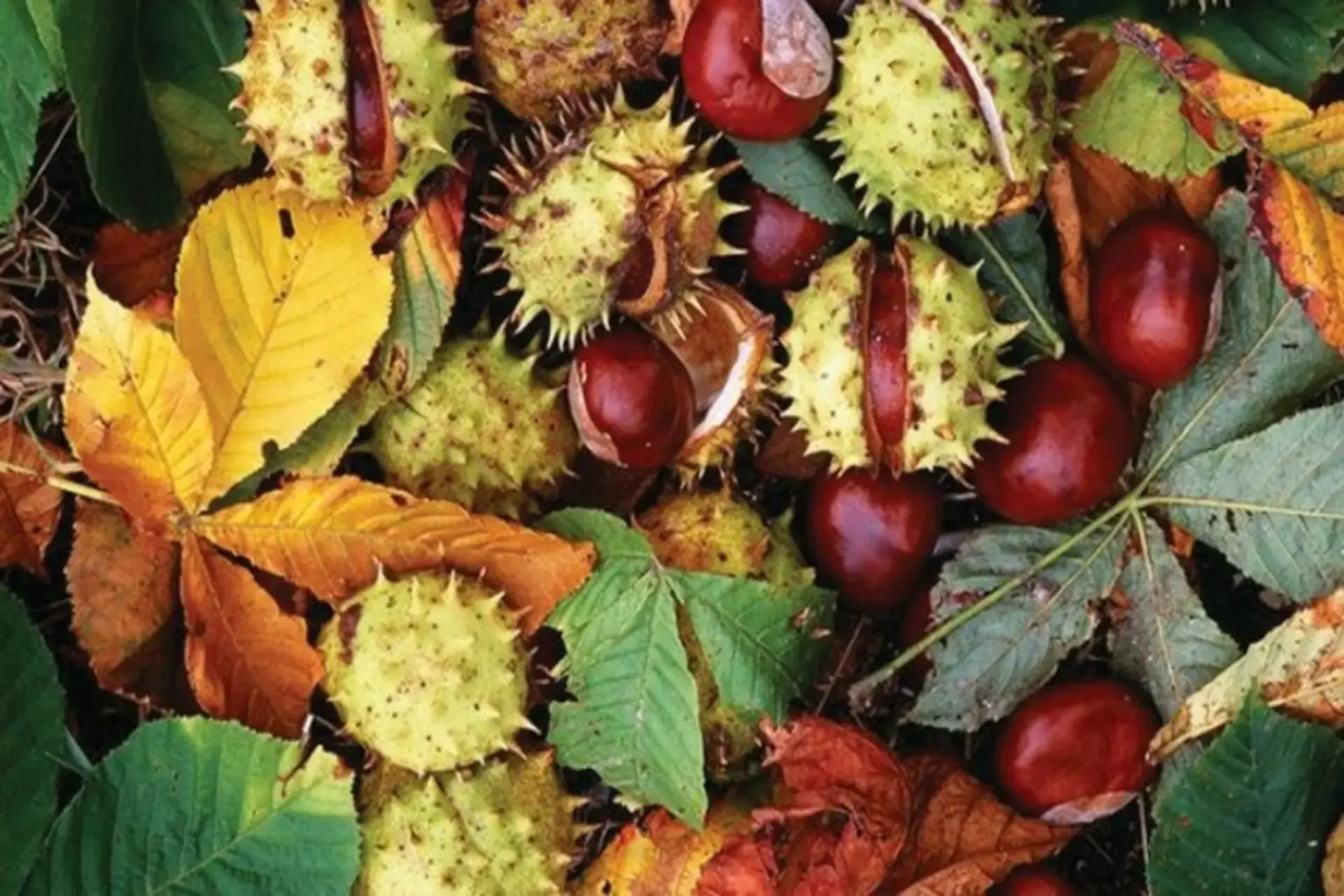
Why Horse Chestnut Is So Effective for Swollen Legs
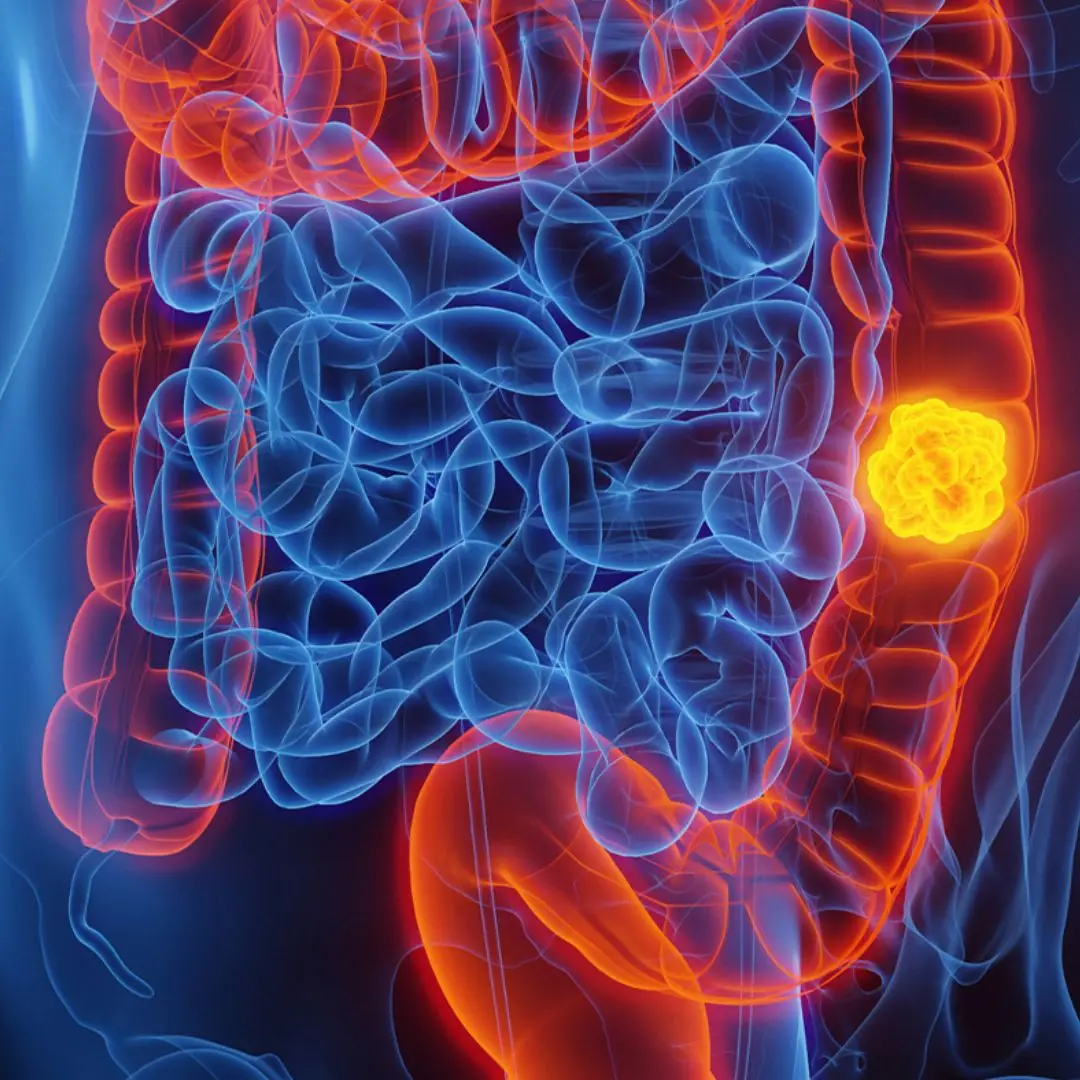
She Thought It Was Nothing: Woman with Stage - Four Colon Cancer Reveals 5 Symptoms She Overlooked
